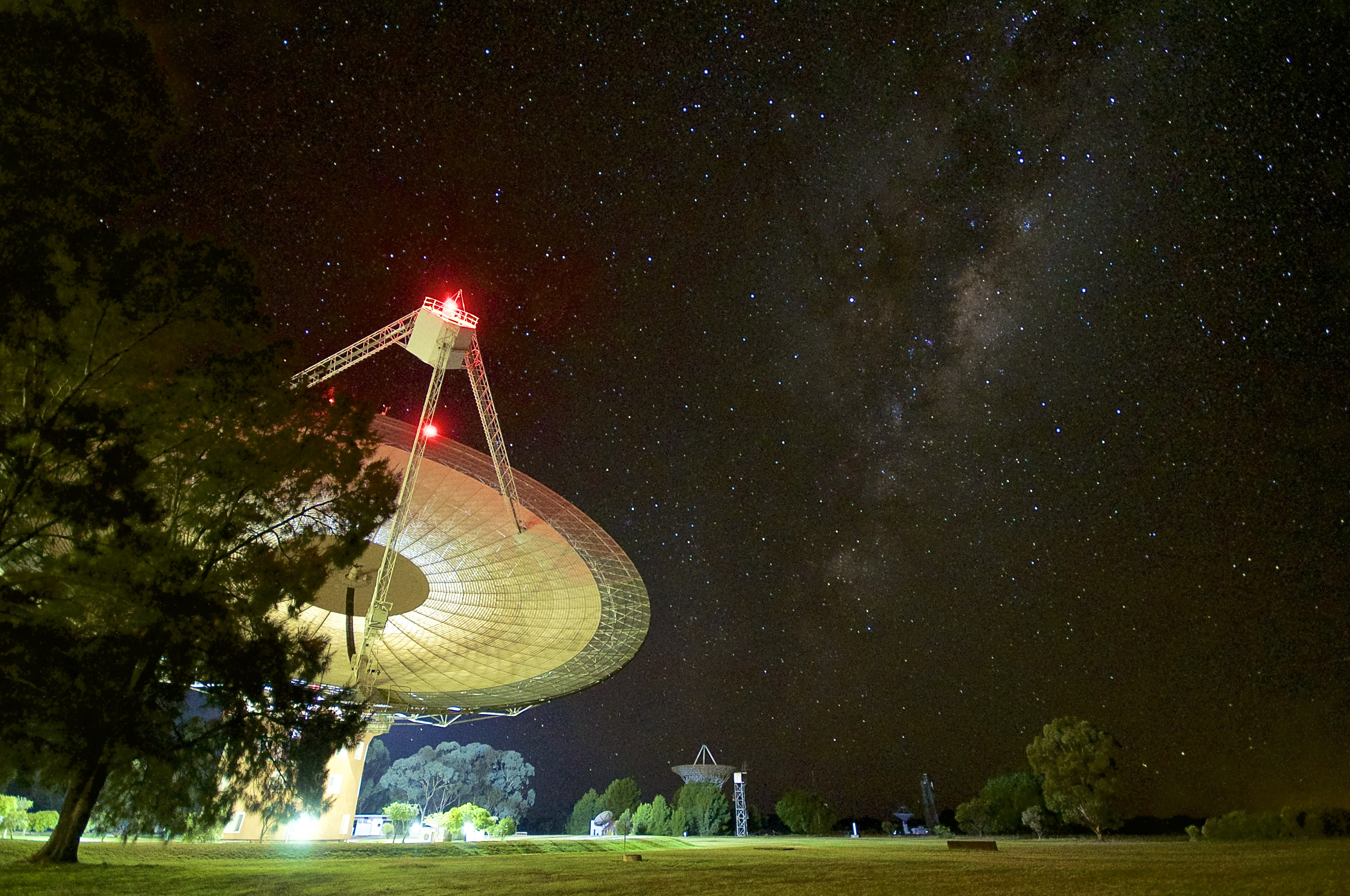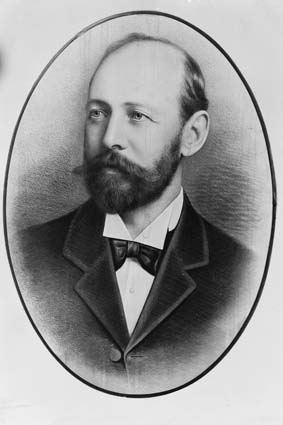|
John Patrick Lynch
John Patrick Lynch (6 February 1875 – 2 June 1944) was an Australian politician. He was born near Parkes to miner William Sullivan Lynch and Mary Seymour. He attended local public schools and became a schoolteacher, working at Parkes from 1895 to 1897 and at various country schools thereafter. In 1907 he was elected to the New South Wales Legislative Assembly as the Labor member for Ashburnham. He served until his defeat in 1913. Subsequently he became a commercial agent and hotel manager. On 3 June 1922 he married Florence Staub. Lynch died at St Leonards St Leonards may refer to: Places Australia *St Leonards, New South Wales **St Leonards railway station *St Leonards, Tasmania, suburb of Launceston *St Leonards, Victoria Canada *St. Leonard's, Newfoundland and Labrador New Zealand * St L ... in 1944. References 1875 births 1944 deaths Members of the New South Wales Legislative Assembly Australian Labor Party members of the Parliament of New Sout ... [...More Info...] [...Related Items...] OR: [Wikipedia] [Google] [Baidu] |
Parkes, New South Wales
Parkes is a town in the Central West region of New South Wales, Australia. It is the main settlement in the local government area of Parkes Shire. Parkes had a population of 11,224 as at 30 June 2018. Estimated resident population, 30 June 2018. Parkes is part of the traditional lands of the Wiradjuri people, the largest language group in NSW with a country of more than 120,000 square kilometres. History The Wiradjuri people have lived on the lands of the 3 rivers, including the Lachlan River, for more than 40,000 years. The town of Parkes was part of the colonial expansion of the early 19th century, originally founded in 1853 as the settlement Currajong, named for the abundance of kurrajong trees in the local area by the settlers, but was then known as Bushman's (from the local mine named Bushman's Lead). In August 1873, Henry Parkes (later Sir Henry) visited the area and in December 1873 the town was officially renamed Parkes in his honour. (Sir Henry Parkes is recogni ... [...More Info...] [...Related Items...] OR: [Wikipedia] [Google] [Baidu] |
New South Wales Legislative Assembly
The New South Wales Legislative Assembly is the lower of the two houses of the Parliament of New South Wales, an Australian state. The upper house is the New South Wales Legislative Council. Both the Assembly and Council sit at Parliament House in the state capital, Sydney. The Assembly is presided over by the Speaker of the Legislative Assembly. The Assembly has 93 members, elected by single-member constituency, which are commonly known as seats. Voting is by the optional preferential system. Members of the Legislative Assembly have the post-nominals MP after their names. From the creation of the assembly up to about 1990, the post-nominals "MLA" (Member of the Legislative Assembly) were used. The Assembly is often called ''the bearpit'' on the basis of the house's reputation for confrontational style during heated moments and the "savage political theatre and the bloodlust of its professional players" attributed in part to executive dominance. History The Legislativ ... [...More Info...] [...Related Items...] OR: [Wikipedia] [Google] [Baidu] |
Australian Labor Party (New South Wales Branch)
The Australian Labor Party (New South Wales Branch), also known as NSW Labor, is the New South Wales branch of the Australian Labor Party. The parliamentary leader is elected from and by the members of the party caucus, comprising all party members in the Legislative Assembly and Legislative Council. The party factions have a strong influence on the election of the leader. The leader's position is dependent on the continuing support of the caucus (and party factions) and the leader may be deposed by failing to win a vote of confidence of parliamentary members. By convention, the premier sits in the Legislative Assembly, and is the leader of the party controlling a majority in that house. The party leader also typically is a member of the Assembly, though this is not a strict party constitutional requirement. Barrie Unsworth, for example, was elected party leader while a member of the Legislative Council. He then transferred to the Assembly by winning a seat at a by-election. W ... [...More Info...] [...Related Items...] OR: [Wikipedia] [Google] [Baidu] |
Electoral District Of Ashburnham
Ashburnham was an electoral district of the Legislative Assembly in the Australian state of New South Wales, originally created in 1894 in the Parkes area and named after Ashburnham County. In 1920, with the introduction of proportional representation Proportional representation (PR) refers to a type of electoral system under which subgroups of an electorate are reflected proportionately in the elected body. The concept applies mainly to geographical (e.g. states, regions) and political divis ..., it was absorbed into Murrumbidgee, along with Lachlan. It was recreated in 1927 and abolished in 1950. Members for Ashburnham See also * Electoral results for the district of Ashburnham References Former electoral districts of New South Wales 1894 establishments in Australia Constituencies established in 1894 1920 disestablishments in Australia Constituencies disestablished in 1920 1927 establishments in Australia Constituencies established in 1927 1950 disesta ... [...More Info...] [...Related Items...] OR: [Wikipedia] [Google] [Baidu] |
St Leonards, New South Wales
St Leonards is a suburb on the lower North Shore of Sydney, in the state of New South Wales, Australia. St Leonards is located north-west of the Sydney central business district and lies across the local government areas of Municipality of Lane Cove, North Sydney Council and the City of Willoughby. History St Leonards was named after English statesman Viscount Sydney of St Leonards. Originally, St Leonards applied to the whole area from the present suburb of North Sydney to Gore Hill. The township of St Leonards in 1883 is now North Sydney. The oldest railway station on the North Shore line opened in 1890 in St Leonards and originally only ran to Hornsby. The Gore Hill cemetery was established on the Pacific Highway in 1868 and was the main burial site for the area until its closure in 1975. It is still maintained as a heritage site by the Department of Local Government and Lands, Willoughby Municipal Council and the Heritage Council of New South Wales. Heritage list ... [...More Info...] [...Related Items...] OR: [Wikipedia] [Google] [Baidu] |
Eden George
Ernest Eden George (18 September 1863 – 2 May 1927), known as Eden George, was born in New South Wales and came to New Zealand as a young man. He made his career in photography and was active in Auckland and Dunedin, but mainly in Christchurch. Entrepreneurial, combative and confrontational, he entered the political scene. In his early life, he stood at five elections to the New Zealand Parliament, but he came last at every occasion. Surprisingly, he was elected Mayor of Christchurch in 1892 without, unlike all his predecessors, having ever served as a councillor on Christchurch City Council before. He had a most difficult year, was soundly beaten at the next election and told councillors that they "should forget him, as he would forget them". Indeed, in 1906, his was the only photo of all the city's ex mayors that was not on display in the mayor's office. After a short period in Auckland, George moved to Australia, where he continued his career as a photographer. He was a ... [...More Info...] [...Related Items...] OR: [Wikipedia] [Google] [Baidu] |
Arthur Grimm
Arthur Hetherington Grimm (27 August 1868 – 20 March 1939) was a politician, farmer and stock and station agent in New South Wales, Australia. He was born at Dalby in Queensland to Presbyterian minister George Grimm, and Mary, Hetherington. The family moved around due to his father's position as moderator of the New South Wales Presbyterian Church, with Grimm growing up in Young, Grenfell and Balmain. He attended Fort Street Public School and left at the age of sixteen to become a drover, shearer and farm hand. In 1891 he bought a property near Grenfell, but in 1895 he was declared bankrupt. He was discharged in 1896 and became a stock and station agent. On 27 June 1900 he married Jane Eliza Stinson, with whom he had five children. Grimm first stood for election to the New South Wales Legislative Assembly as the Liberal candidate at the 1904 election for Grenfell but was unsuccessful, narrowly defeated by William Holman with a margin of 86 votes (3.4%). He stood again a ... [...More Info...] [...Related Items...] OR: [Wikipedia] [Google] [Baidu] |
1875 Births
Events January–March * January 1 – The Midland Railway of England abolishes the Second Class passenger category, leaving First Class and Third Class. Other British railway companies follow Midland's lead during the rest of the year (Third Class is renamed Second Class in 1956). * January 5 – The Palais Garnier, one of the most famous opera houses in the world, is inaugurated in Paris. * January 12 – Guangxu Emperor, Guangxu becomes the 11th Qing Dynasty Emperor of China at the age of 3, in succession to his cousin. * January 14 – The newly proclaimed King Alfonso XII of Spain (Queen Isabella II's son) arrives in Spain to restore the monarchy during the Third Carlist War. * February 3 – Third Carlist War – Battle of Lácar: Carlist commander Torcuato Mendiri, Torcuato Mendíri secures a brilliant victory, when he surprises and routs a Government force under General Enrique Bargés at Lácar, east of Estella, nearly capturing newly cr ... [...More Info...] [...Related Items...] OR: [Wikipedia] [Google] [Baidu] |
1944 Deaths
Events Below, the events of World War II have the "WWII" prefix. January * January 2 – WWII: ** Free France, Free French General Jean de Lattre de Tassigny is appointed to command First Army (France), French Army B, part of the Sixth United States Army Group in North Africa. ** Landing at Saidor: 13,000 US and Australian troops land on Papua New Guinea, in an attempt to cut off a Japanese retreat. * January 8 – WWII: Philippine Commonwealth troops enter the province of Ilocos Sur in northern Luzon and attack Japanese forces. * January 11 ** President of the United States Franklin D. Roosevelt proposes a Second Bill of Rights for social and economic security, in his State of the Union address. ** The Nazi German administration expands Kraków-Płaszów concentration camp into the larger standalone ''Konzentrationslager Plaszow bei Krakau'' in occupied Poland. * January 12 – WWII: Winston Churchill and Charles de Gaulle begin a 2-day conference in Marrakech ... [...More Info...] [...Related Items...] OR: [Wikipedia] [Google] [Baidu] |
Members Of The New South Wales Legislative Assembly
Following are lists of members of the New South Wales Legislative Assembly The New South Wales Legislative Assembly is the lower of the two houses of the Parliament of New South Wales, an Australian state. The upper house is the New South Wales Legislative Council. Both the Assembly and Council sit at Parliament Ho ...: * 1856–1858 * 1858–1859 * 1859–1860 * 1860–1864 * 1864–1869 * 1869–1872 * 1872–1874 * 1874–1877 * 1877–1880 * 1880–1882 * 1882–1885 * 1885–1887 * 1887–1889 * 1889–1891 * 1891–1894 * 1894–1895 * 1895–1898 * 1898–1901 * 1901–1904 * 1904–1907 * 1907–1910 * 1910–1913 * 1913–1917 * 1917–1920 * 1920–1922 * 1922–1925 * 1925–1927 * 1927–1930 * 1930–1932 * 1932–1935 * 1935–1938 * 1938–1941 * 1941–1944 * 1944–1947 * 1947–1950 * 1950–1953 * 1953–1956 * 1956–1959 * 1959–1962 * 1962–1965 * 1965–1968 * 1968–1971 * 1971–1973 * 1973–1976 * ... [...More Info...] [...Related Items...] OR: [Wikipedia] [Google] [Baidu] |






